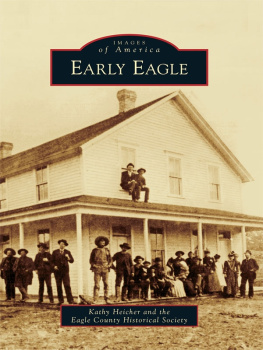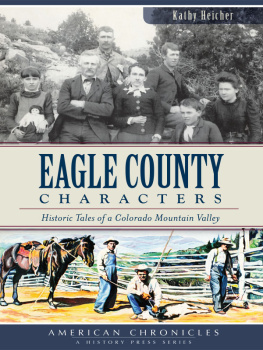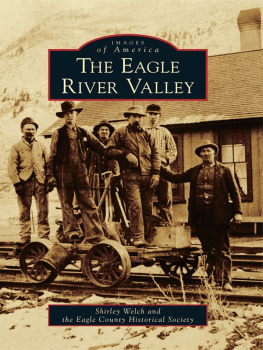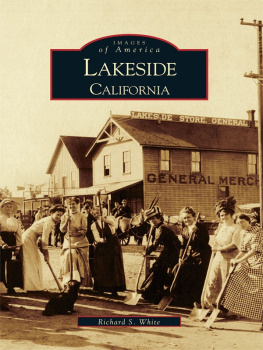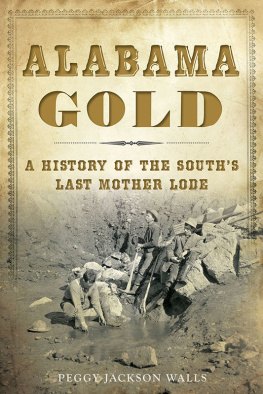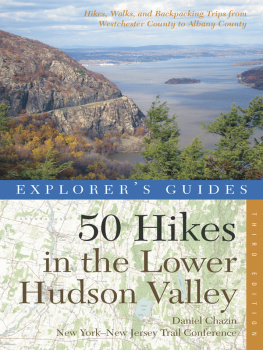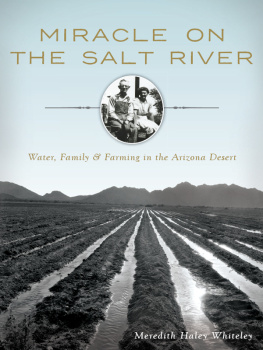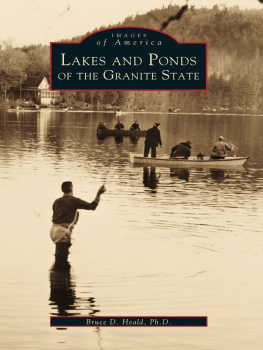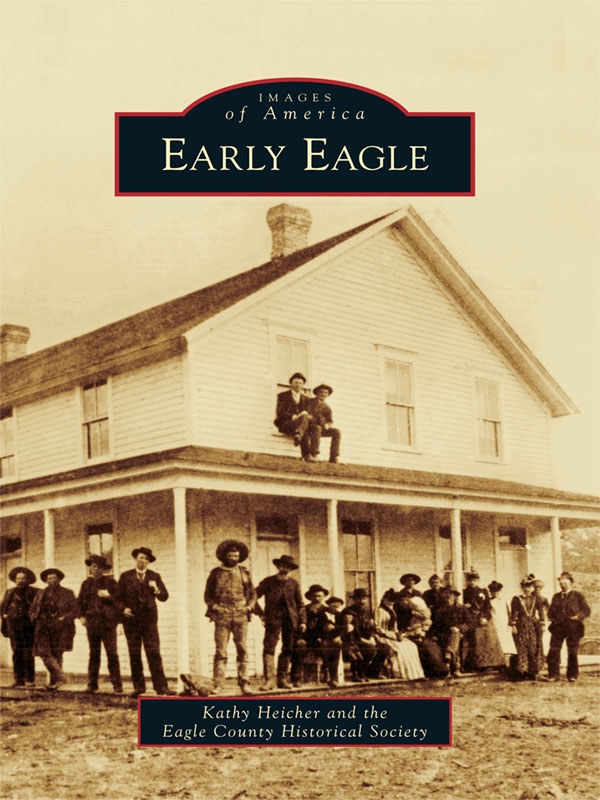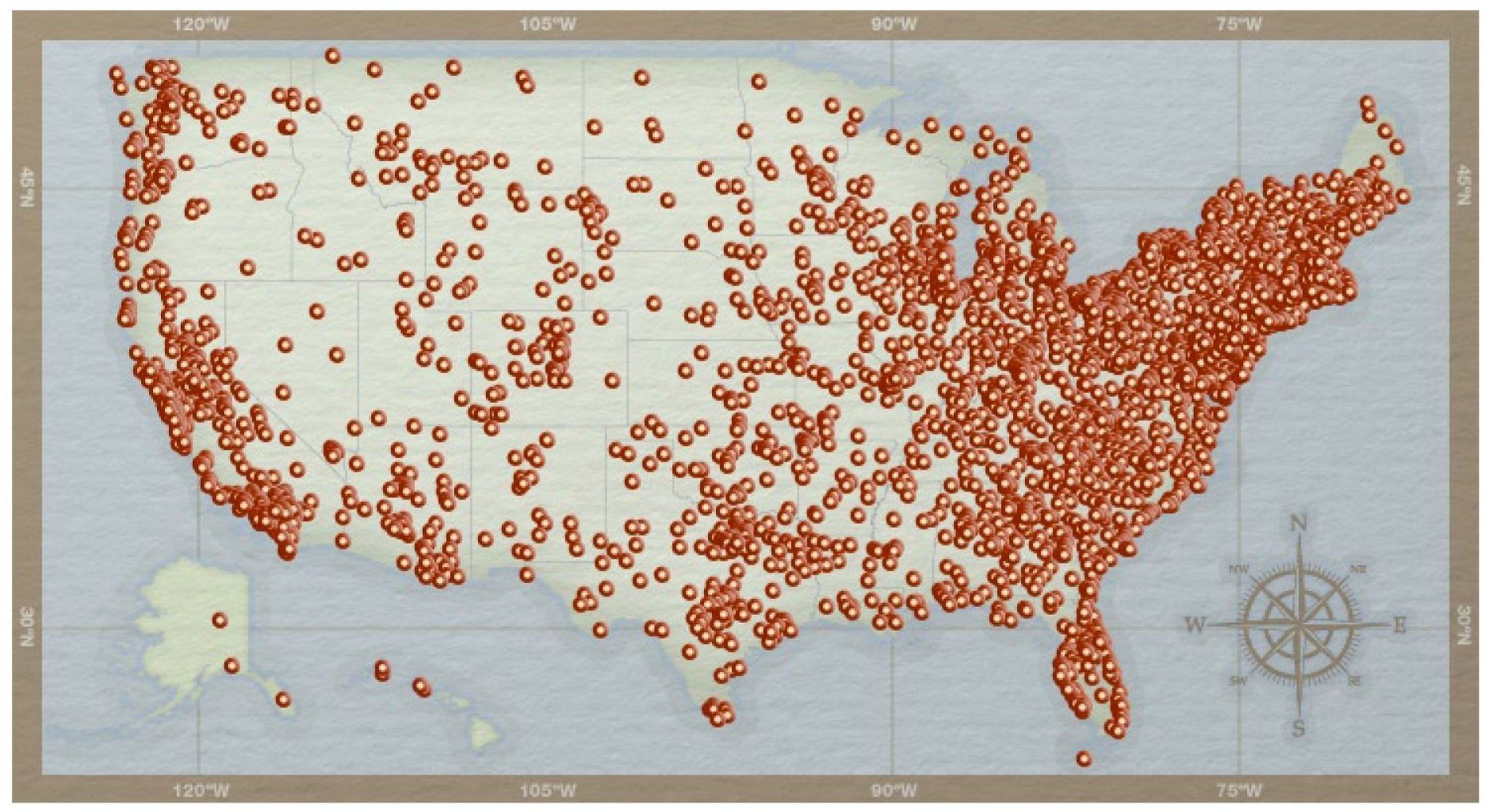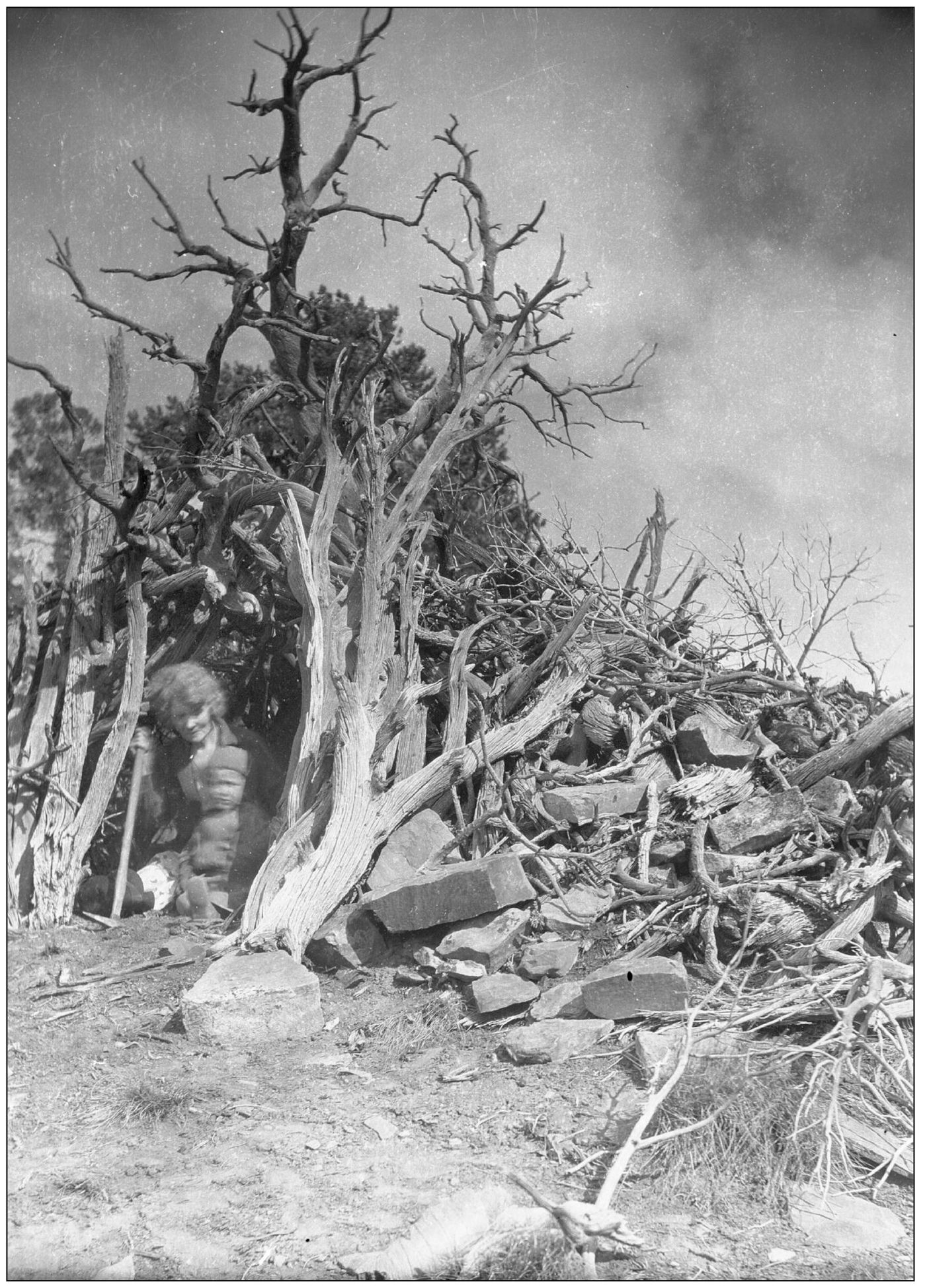ACKNOWLEDGMENTS
One person alone cannot produce a local history book. It takes an entire town. This publication relies on years of work by the Eagle County Historical Society (ECHS). Much credit goes to the early leaders of that group including Laurene Knupp, Frank Doll, Jim Nimon, Jean Johnson, and Myrtie Stephens as well as many others. Thirty years ago, they recognized the need to create an Eagle County history record and volunteered countless hours and resources toward that goal. Credit also goes to the staff of the Eagle Public Library whose expertise made those collected records and ECHS photographs readily available to the public.
Special acknowledgement goes to the late Leonard Ping. A lifelong Eagle resident, Leonard was an accomplished photographer who for many years recorded the history of this community with the snap of his camera shutter. Leonard was also something of a pack rat, and apparently saved copies of just about every photograph he ever snapped. It was the generosity of his relatives Claude and Vieva DeGraw and their willingness to share those photographs that convinced me this book was a doable project.
A number of people also opened their family photograph albums and generously shared their personal history collections. Many thanks go to John Buchholz, Teresa Lewis, Peggy (Randall) Buckau, John Oleson, Bill Johnson, Debera Dice Stewart, Shirley Shelton, Alice Koonce, and Pam (McCain) Schultz and their families.
Among those who gave up their personal time to help identify photographs were George and Lena Yost, Star Doll, and Art and Helen Davenport. Professional photographer Mike Crabtree shared his edited photographs. Archaeologists Mike Metcalf and Kevin Black shared their knowledge. A chance meeting made Jerry Santoro a computer courier, which was a huge help on deadline. Local history librarian Jaci Spuhler of the Eagle Public Library helped immeasurably by conveying photographs and keeping excellent, accessible archives. Special thanks go to Jaci and my husband, Bill, for their proofreading and patience.
A message for readers: go through your photograph albums and label every image with names, places, dates, and details. Future historians will be forever grateful.
ABOUT THE ORGANIZATION
Exploring Eagle County History:
The Eagle County Historical Society and the Eagle Valley Library District are partners in the effort to create a quality local history archive. The archives may be accessed on the second floor of the Eagle Public Library, located at 600 Broadway in Eagle. Browsers are welcome. Additionally, historic photographs, biographies, and records are available on the Local History tab of the library website ( EVLD.org ).
Explore Eagle County history at the Eagle County Historical Museum, located at 100 Fairgrounds Road in Eagle. Maintained by the Eagle County Historical Society, the museum is housed in the big white barn at Chambers Park (adjacent to the information center) and is open during warm weather months. Learn more about the resources and activities of the Eagle County Historical Society by visiting their website at eaglecountyhistoricalsociety.com .
Contributions of photographs or materials to the historical archives are always welcome. Contact the Eagle Public Library at evldlohis@marmot.org, or at P.O. Box 240, Eagle, CO 81631. Contact the Eagle County Historical Society at P.O. Box 192, Eagle, CO 81631, or e-mail echs_eagle@yahoo.com.
BIBLIOGRAPHY
Brown, Sharon; and Dana Dunbar Kamphausen. Brush Creek Memories . Eagle, CO: Manuscript, ECHS Archives, Eagle Public Library, 1980.
Dice, Helen. A Cup of Clear Cold Water: Life on Brush Creek . Montrose, CO: Lifetime Chronicle Press, 1980.
Eagle Valley Enterprise. Eagle, CO: Newspaper archives, Eagle Public Library, 18981949.
Knight, MacDonald; and Leonard Hammock. Early Days on the Eagle . Eagle, CO: self-published, 1965.
Koonce, Harold W. Rambling Recollections of Mid-Early Eagle . Eagle, CO: ECHS Archives, Eagle Public Library, 1992.
Koonce, Harold W. A Rambling Record of the Koonce Family of Eagle, Colorado . Eagle, CO: ECHS Archives, Eagle Public Library, 1992.
Wolle, Muriel Sibell. Stampede to Timberline . Boulder, CO: Muriel S. Wolle, 1949.
Find more books like this at
www.imagesofamerica.com
Search for your hometown history, your old
stomping grounds, and even your favorite sports team.
One
THE FIRST PEOPLE
BEFORE 1879
Eagles human history started long before the first ambitious pioneers erected tents and built cabins along the Eagle River in the 1880s. Archaeological evidence verifies the presence of prehistoric hunter-gatherers in the region more than 10,000 years ago. By 500 years ago, archeological records (tools, food, pottery, and campsites) reveal traits of the historical living patterns of the Ute people. The earliest residents of the valley probably lived here seasonally, rather than staying year-round.
Maps from the Hayden survey in the early 1870s show the Ute Trail, a network of prehistoric and historic trails used by early people to traverse the high plateau of the nearby Flat Tops. Early people used those trails to move about the territory roughly extending from Dotsero to Meeker, and as far north as Steamboat Springs. The Utes were one of the first groups of Native Americans to gain access to horses, which allowed them to greatly expand their territory.
Present-day archaeologists have recorded evidence of the Ute presence in the valley. In the pinion-junipercovered hills north of Eagle lay the remains of a game fence (a sort of hedge made of entwined branches) used to influence the movement of deer and elk toward waiting hunters. The remains of primitive wickiups (a temporary, ground-surface shelter built with woven mats of branches and brush) have been noted in the hills around Brush Creek. Other significant finds in the region include eagle traps, rock art, vision quest sites, arrow points, and other tools. Anthills on mesas near Eagle occasionally yield tiny trade beads from long ago.
Newspaper archives and other historic accounts dating to the early 1880s tell stories of trappers and miners encountering bands of Utes camped on Brush Creek. The Utes were not receptive to intrusions, which kept the newcomers wary.
There is no official historic record in the Eagle County archives of the Ute people being removed from this area. However, by the early 1880s various political policies and treaties were used to move the Native Americans out of their historic territory and onto reservations. The removal of the Utes cleared the way for the homesteaders and miners to come into the valley, starting a new era for Eagle.
This photograph, snapped in the 1920s near Eagle, shows a wickiup, likely built by the Ute people. Notes accompanying the image suggest the location is on what was once the Macdonell ranch, located on lower Brush Creek. Used seasonally, the primitive shelter, which probably dates back to the 1860s1870s, featured woven branches of pinion and juniper to create a structure that would shed some water. The woman posing inside the wickiup is believed to be Mary Hannah Buchholz Gamble (Johnston), along with an unidentified child. Local ranchers in the 1920s and 1930s reported finding primitive shelters and other signs of a Ute presence in areas such as the Three Sisters mountain formation on Brush Creek. Archaeologists have also recorded finds in the region that include eagle traps, game fences, and rock art. At one time, many local residents had their own collections of arrowheads and primitive tools. (ECHS; Ping-DeGraw Collection.)

